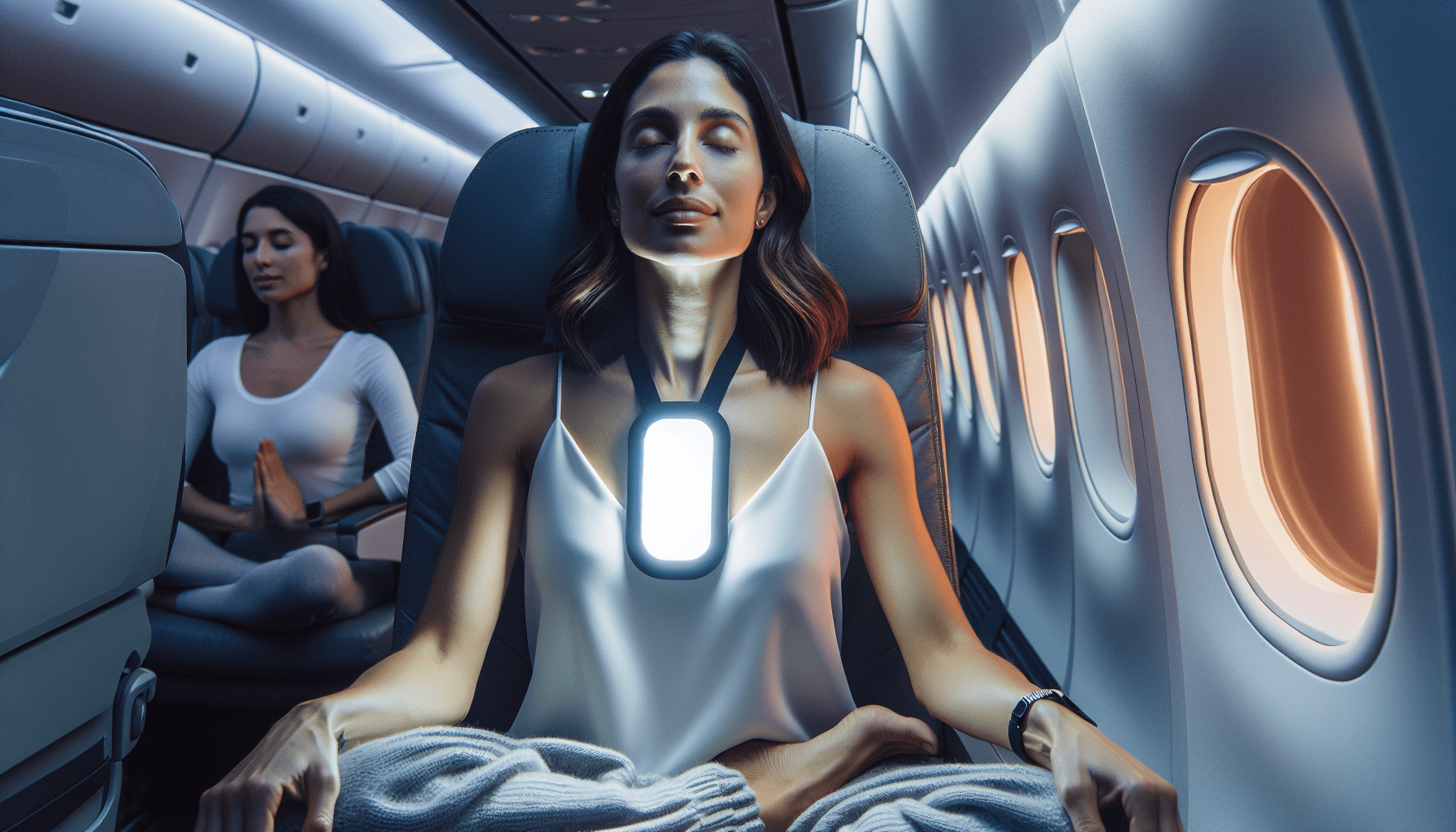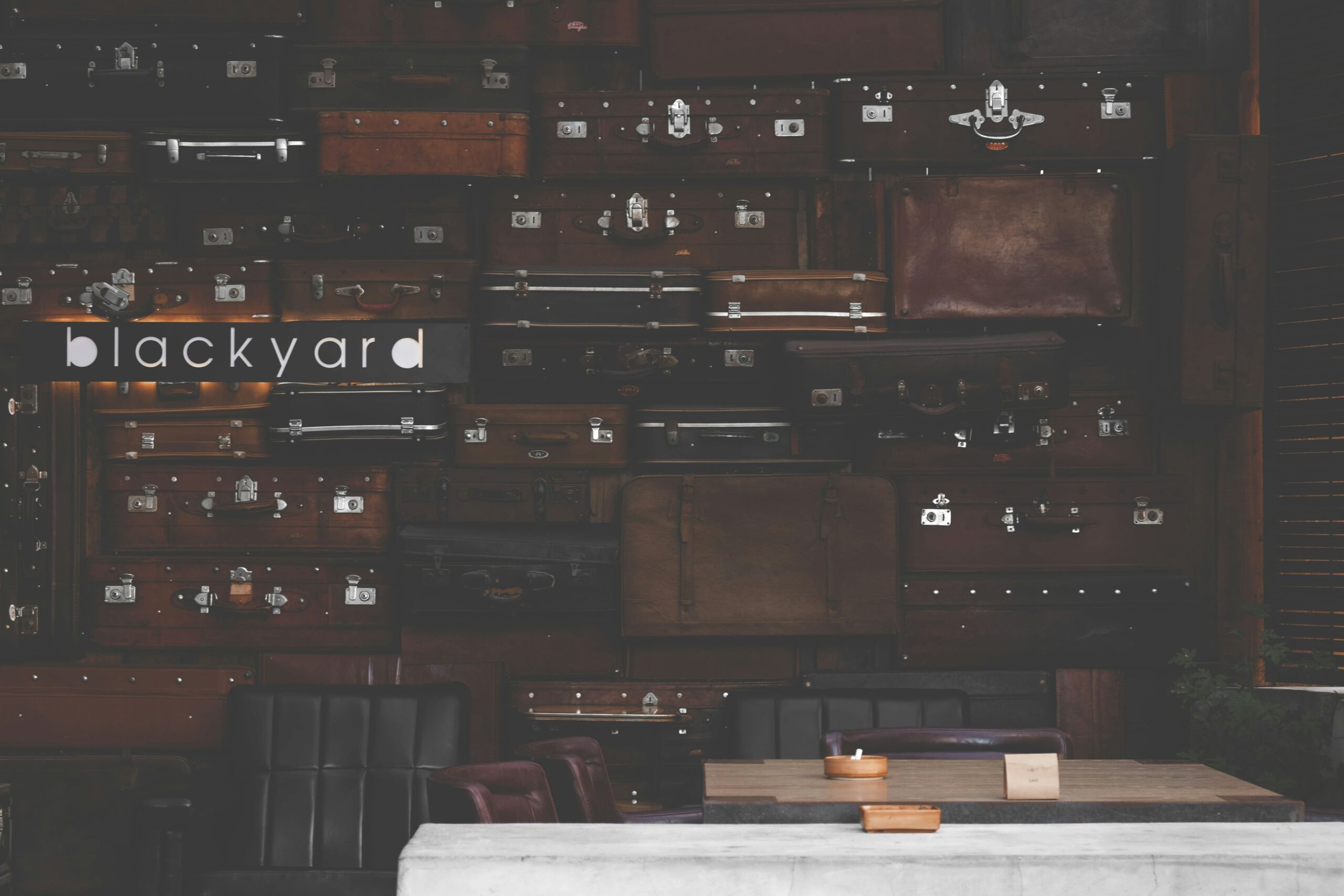BeautifyBeauties Spray Bottle For Hair – Continuous Mister Spray Bottle for Hairstyling, Cleaning, Plants, Pets, Barbers, Salons, Essential Oil Scents (10.1 Ounce)
$8.49 (as of April 24, 2025 06:56 GMT +00:00 - More info)In the quest to conquer the sleep-depriving, schedule-disrupting nuisance known as jet lag, Qantas Airlines has spearheaded some innovative methods that promise a smoother transition across time zones. By adjusting onboard lighting to mimic the natural progression of day and night, serving meals aligned with the destination’s mealtime, and even incorporating a “Wellbeing Zone” for passengers to move and stretch, Qantas is tackling desynchronosis head-on. This isn’t just a seat-of-the-pants operation; it’s backed by the robust research of Project Sunrise, which has shown encouraging results. Whether you find yourself on one of these long-haul flights or implementing these strategies on your own travels, there’s hope on the horizon for a more harmonious journey. Have you ever found yourself wide awake at 3 AM after a long flight, wondering why your body just can’t seem to adjust? Welcome to the world of jet lag. It’s not just an inconvenience; it can turn your dream vacation or important business trip into a tiresome struggle. But what if there was a way to combat it more effectively? Fortunately, Qantas Airlines has been doing some groundbreaking research and has discovered unusual and effective methods to reduce the effects of jet lag. Let’s explore these methods in detail so you can have a more refreshed and enjoyable travel experience.

Shop These Accessories for a Comfortable Trip
Understanding Jet Lag: A Quick Overview
Desynchronosis—more commonly known as jet lag—happens when your internal body clock gets out of sync with the time zone changes that come with long-distance travel. Essentially, your body’s circadian rhythm, which regulates your sleep-wake cycle, is thrown off balance. This can result in a multitude of symptoms ranging from fatigue and irritability to digestive issues and difficulties concentrating.
Qantas Airlines: Leading the Charge in Combatting Jet Lag
What Makes Qantas Unique?
Qantas Airlines, an Australian-based carrier, is no stranger to long-haul flights that can last upwards of 19 hours. With extensive routes from Australia to the United States and Europe, they are perfectly positioned to pioneer new methods for combating jet lag. Their research project, known as “Project Sunrise,” aims to make these long flights more comfortable and less taxing on your body.
The Role of Light Management
One innovative approach Qantas has tested involves adjusting the brightness and color of the plane’s lights at different times during the flight. This isn’t just your standard dimming and brightening.
| Light Setting | Time of Use | Purpose |
|---|---|---|
| Bright White Light | During Daytime Hours at Destination | Helps passengers stay awake |
| Dim, Warm Light | Evening Hours at Destination | Signals to the body that it’s time to rest |
By gradually transitioning the light settings to match the destination’s timezone, passengers can begin adjusting before they even land.
Smart Meal Timing and Composition
You may not realize it, but what and when you eat has a significant impact on your body’s internal clock.
Aligning Meal Times
Qantas has started serving in-flight meals at times that align with the destination’s local time. This tactic helps your body adjust more naturally to the new time zone.
| Meal Type | Time of Service (relative to destination time) | Purpose |
|---|---|---|
| High-Carb Meals | Breakfast and Lunch | Provides energy to stay awake |
| High-Protein Meals | Dinner | Helps induce sleepiness |
Strategic Food Choices
The airline focuses not just on when to serve meals but also on what to serve. Carbohydrate-rich meals are provided to keep you awake when you need to be, while higher-protein meals are designed to help you feel sleepy.
The Wellbeing Zone
We all know how cramped economy class can be, which can add to the stress of a long flight and exacerbate jet lag. To combat this, Qantas has introduced a “Wellbeing Zone” for Premium Economy and Economy passengers. This area allows passengers to stretch and move around, which is not just good for preventing jet lag but also for overall health.
Encouraged Movement
Even without a specialized zone, getting up and moving around the cabin at regular intervals can make a big difference. Simple stretches and walks can promote circulation and reduce the chances of blood clots.

Shop These Accessories for a Comfortable Trip
The Science Behind Project Sunrise
Research and Testing
Qantas didn’t just come up with these methods on a whim. Their findings are the result of Project Sunrise, a comprehensive research initiative involving sleep researchers, circadian rhythm experts, and nutritionists.
In 2019, Qantas conducted test flights incorporating these methods, and the results were promising. Passengers reported better sleep and increased alertness in the days following their flights.
How You Can Benefit If Not Flying Qantas
If you don’t find yourself on a Qantas Project Sunrise flight, don’t worry. You can still apply some of their research findings on your own travels.
Timing Your Meals
When flying, try to eat meals according to your destination’s local time. Bring snacks with you if you need to adjust your eating schedule.
Managing Light Exposure
Using an eye mask can help you manage your sleep schedule. Keep it on during what should be nighttime at your destination and remove it during the local daytime.
Physical Movement
Make a conscious effort to get up and stretch during your flight. Whether it’s walking to the restroom or doing some light stretches in the aisle, this can make a big difference.
Use of Technology
There are also several apps and gadgets designed to help manage jet lag. Consider using a sleep tracker or an app that helps you plan your sleep schedule according to your destination’s time zone.
The Broader Implications: An Industry Revolution?
Given the success of Qantas’s Project Sunrise, these innovative methods may soon become standard practice across the airline industry. If other airlines adopt similar strategies, long-haul flights could become much more pleasant for passengers all over the world.
Potential for Wider Adoption
The extensive research and positive results from Qantas could serve as a benchmark for other airlines. If these strategies prove to be universally effective, we might see a significant shift in how airlines operate their long-haul flights.
Customer Satisfaction
In an age where travelers are looking for the best possible experiences, airlines that offer solutions for jet lag could see a significant boost in customer satisfaction and loyalty.
Advantages
- Reduced Jet Lag: Improved adaptation to new time zones.
- Better In-Flight Experience: Lessening the stress associated with long flights.
- Health Benefits: Encouraging movement and better meal timing can contribute to overall passenger health.
Challenges
While the benefits are clear, rolling out such comprehensive programs may come with a few challenges, including additional costs and training requirements for airline staff.
Practical Tips for Combatting Jet Lag
Before Your Flight
- Adjust Gradually: Start adjusting your sleep schedule a few days before you depart.
- Stay Hydrated: Drink plenty of water to keep your body well-hydrated.
- Avoid Alcohol and Caffeine: These can interfere with your sleep patterns and exacerbate jet lag.
During Your Flight
- Follow Meal Timing: Try to eat according to your destination’s time zone.
- Use Light Strategically: Use an eye mask and avoid screens before the expected sleep time.
- Move Regularly: Get up every couple of hours to stretch and walk around.
After Your Flight
- Expose Yourself to Natural Light: Spend time outside to help reset your internal clock.
- Stay Active: Light exercise can help you adjust more quickly.
- Resist the Urge to Nap: Try to stay awake until it’s nighttime in your new time zone.
Conclusion
Jet lag doesn’t have to ruin your trip, and with airlines like Qantas leading the charge with innovative methods, the future of long-haul travel looks much brighter. By understanding the science behind jet lag and utilizing some of these strategies, you can greatly reduce its effects and enjoy your travels to the fullest. Whether it’s managing your light exposure, timing your meals right, or making sure you stay active during the flight, these small adjustments can make a significant difference in how you feel. Safe travels and sweet dreams, no matter where your adventures take you!
Shop These Accessories for a Comfortable Trip






